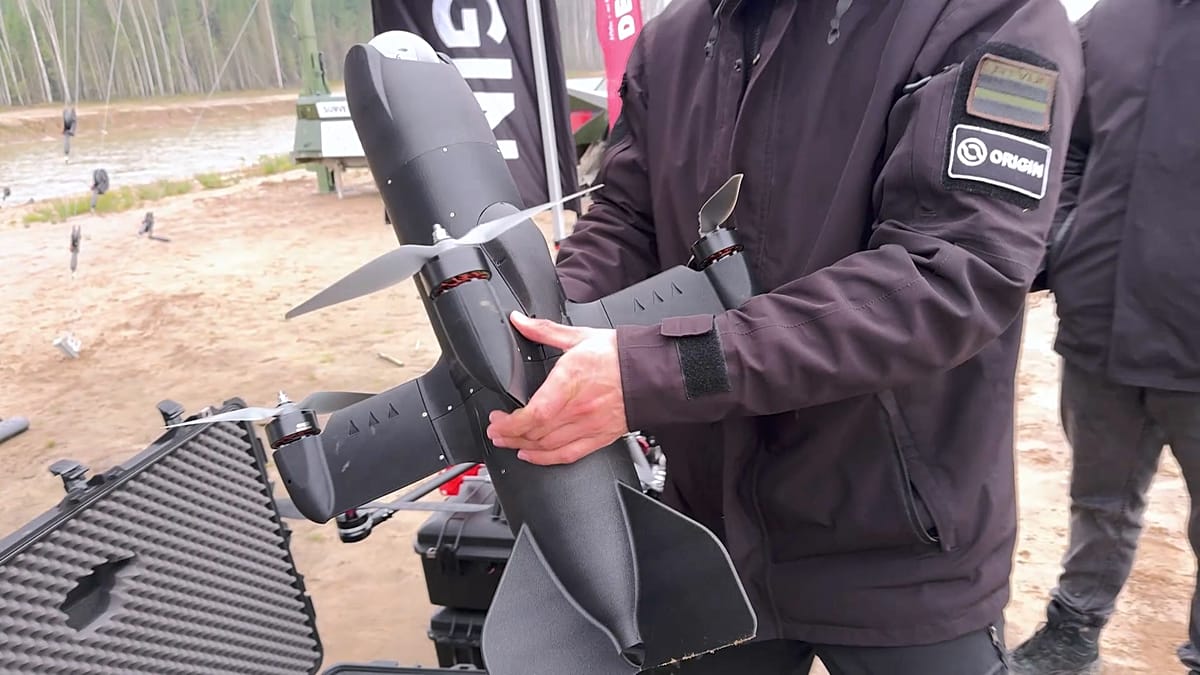When Janine Smith heard a pair of tui chortling with their distinctive song at Tiaki Maniototo’s base at the old Patearoa School, it made her own heart sing.
She had always hoped that an eventual outcome of the Tiaki Maniototo project would be the regular song of more native birds and to hear the cough and wheeze of the tui was “enormous”.
Alongside that, wood pigeons and bellbirds had been recorded, and there had also been two positive recordings of the critically endangered bittern.
If bitterns were recorded again, then they would be considered residential.
“Things are changing,” Ms Smith, Tiaki Maniototo’s project executive, said.
Puketoi farmer Geoff Crutchley brought together a collaboration of landowners/farmers, interested members of the public and stakeholders in 2006 to improve the management of water resources in the Upper Taieri, which morphed into Upper Taieri Wai.
In 2020, a funding application was successfully submitted to the Ministry for the Environment aimed at protecting and enhancing water quality and biodiversity values across the Maniototo. That became the Tiaki Maniototo project.
The funding agreement was signed on July 12, 2021, meaning the project will receive $4.55 million of funding from the Freshwater Improvement Fund over the next five years, as part of the Jobs for Nature programme.
Tiaki Maniototo is now reaching the final round of its initial funding and, reflecting on the past four and a-half years, communications officer Bill Morris said it was time to celebrate the planting of more than 120,000 plants and huge community buy-in.
It was those “little wins” such as the native bird recordings that were indications of a tide that was turning, Mr Morris said.
And Ms Smith said, if that was what you could see and hear, “what else is going on?”.
Mr Morris said when a project started with a blank canvas, particularly such a vast one, every bit of biodiversity that could be brought into the landscape made a big difference.
The scale of the challenge was incredible. Previously, nothing native grew on the valley floor, he said.
The Port Chalmers-based writer, documentary maker and musician has been involved with Tiaki Maniototo for about three years.
Before that he did not know what a catchment group was, so it had been a journey of discovery, of learning about the complexities of freshwater management and getting to know both the rural community and the area.
Since taking on the part-time role, he had gained a broad overview of the Taieri River — a river he had “zero appreciation for” when he started.
“I knew that’s the river that comes out south of Dunedin and you cross it on the way to the airport. I think that’s the impression most people have of the Taieri.
“Learning and understanding how special it is and its biodiversity values has been astonishing really and something I’ve been able to help raise awareness of.”
There had been many wins during the project, including real gains in water quality and the subsequent recordings of native birds, he said.
Tiaki Maniototo had helped many farmers replace shelterbelts of pine trees with native ones and put sediment traps across the Maniototo.
Mr Morris has been the driving force behind a freshwater-themed music festival in Patearoa, the Taiari Wai festival, which has continued to grow and will be held again in January.
Popular recreation sites have been opened, including New Zealand’s first private galaxiid sanctuary at Spec Creek, a tributary of the Kyeburn River.
Dunedin mural artists Bruce Mahalski and Paulina Barry painted striking freshwater-themed murals in the centre of Ranfurly.
Meanwhile, a community nursery in Patearoa, under the management of Margot Hall — Ms Smith’s green-fingered sister — was “going great guns”.
Seeds were now sourced locally and germinated and propagated at the nursery. Last year, it produced 30,000 plants.
There were plenty of orders in the future because of the plants’ survivability.
“If it’s hardened here, it’ll pretty much grow anywhere,” Ms Smith said.
The aim was for the nursery to be sustainable and they were heading in the right direction to achieve that, she said.
Initially, it took a year to get a plant in the ground and there was some scepticism among landowners but as they looked over the fence at what their neighbour might be doing, it was like osmosis; it spread and took off, in conjunction with a change in protein prices.
Tiaki Maniototo was inundated with requests for fencing and planting and it was hoping in the last six months of the project that there might be some additional funding, particularly given the talk from government about the role of catchment groups, Ms Smith said.
While the target was 90,000 plants — and the group was originally concerned about achieving that target — she reckoned it probably totalled more than 125,000, planted by Habitat Restorations Aotearoa.
It was initially thought the riparian fencing would drive the plantings, but it turned out to be the other way round — “everyone wants plants”.
“It’s lovely to see farmers fall in love with their planted areas,” she said.
Some trial shelterbelt sites had been planted on the Hore and Dowling family farms and Mark Dowling was pleased with the result.
He was approached by Tiaki Maniototo wanting to plant in an irrigated area and he was keen to try it out. Shelter and shade were important for stock and he was also pleased to see local materials being used.
The shelterbelt was planted about 14 months ago, with the aim of improving biodiversity, and Mr Dowling said there would not be a better test for it.
Circles were initially sprayed and the plants planted, with protection around them from pests and winds, and he had since resprayed and would spray again soon. A neighbouring pivot irrigator meant they were watered.
“If they don’t grow under these conditions, we shouldn’t be putting it in here,” he said.
Mr Dowling said he was looking forward to seeing the plants, which were already thriving, develop further. There had already been good plant survival; Tiaki Maniototo had a survival rate of over 90% over all its sites.
Both Tiaki Maniototo and landowners realised the value of plantings and he also welcomed anyone wanting to call him to have a look at the site.
Mr Morris said he believed farmers were becoming much more aware of the need to front-foot environmental matters.
“Most farmers want to have properties they are proud of and they feel good about spending time on.
“Also, there’s awareness international markets are paying more scrutiny to environmental concerns and consumers want to know where their products are coming from … coming from a place that’s looked after,” he said.
Asked what the biggest challenges had been, Ms Smith said the only objective that had not been completely fulfilled by the end of the project was fencing and the challenge around that had been the dramatic increase in the cost of materials.
It was the role of the catchment group Upper Taieri Wai to work out what the next project would be and what funding would be needed.
If would be a real shame if there was not something ongoing when there was already a team with skills. The bigger picture was about the whole of river and telling its story, she said.
Mr Morris said the Tiaki Maniototo brand had been built up and was “out there” and contacts had been established.
“We’ve already got work ongoing past this funding and we’ll just keep building on this. We’ve got such a dedicated and passionate team here — that will push us through.”
One of the celebrations of the project had been the in-kind support from landowners and stakeholders.
The $4.55m of funding was supposed to be accompanied by 25% of that in kind and that figure was now sitting at more than $3m, Ms Smith said.
That support had been a “monstrous” part of the project’s success.
Reflecting on the project’s success was a little hard for someone who lived and breathed it. But when you stopped and looked at the successes, and how they were interpreted by the community, then the results were “awesome”, Ms Smith said.
Previously, there was nothing at Spec Creek, whereas now there was a kiosk and walkway and it was proving popular with visitors, including school pupils.
Landowners Phil Smith, of Glenspec, and Hamish MacKenzie, of Kyeburn Station, with the help of Tiaki Maniototo, fenced off a stretch of the creek on their properties.
Tiaki Maniototo worked closely with the Winmill family and Herenga ā Nuku (the Outdoor Access Commission) to develop the Wilson Rd/Taieri River access site on farmland owned by the Winmill family.
Mr Morris said the family wanted to share what they had with others and the area was now home to interpretation signs and a walking track, where even dogs were allowed to be walked.
It was surprising how few places there were for the public to access the river.
“If people can’t access the river, they can’t appreciate it,” he said.
The pair praised those involved with the project and the engagement and collaboration with other stakeholders, as well as the diversity of voices around the table.
Project manager Caitlin Daley described the past few years as “busy but busy in a fantastic way”.
“I just think we have achieved so much more than we set out to … Actually you achieve so much more than just putting a plant in the ground. It’s much bigger than that.”
Highlights for her had been all the people involved in the project and getting to know them and work alongside them, There could not have been a better team, she said.
While there were a lot of metrics around how many plants were planted, the social side of the project had been “massive”.
And to see farmers out now listening to birds, checking their plantings, or doing things that might be considered “more greenie”, was “pretty cool”.













